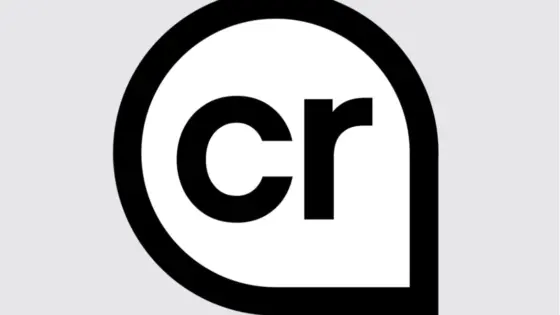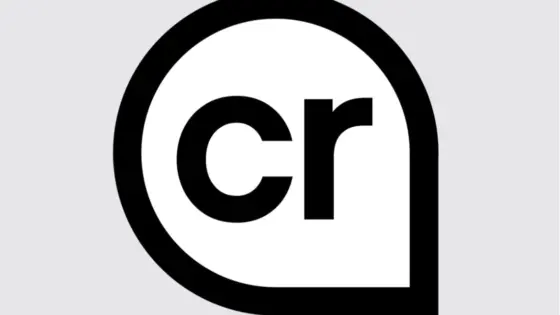Adobe, in collaboration with other prominent companies, has established a distinctive symbol designed to accompany content alongside metadata, thereby confirming its origin, especially when created using AI tools. It’ll look like as bellow:

Adobe terms it the “icon of transparency” and can integrate this symbol into Adobe’s photo and video editing platforms, such as Photoshop and Premiere, and will eventually incorporate it into Microsoft’s Bing Image Generator. This symbol appends to the metadata of images, videos, and PDFs, identifying the content’s ownership and the AI tools involved in its production. When users view an online image, hovering over the symbol reveals a dropdown with details about ownership, the AI tool used, and other pertinent production information.
Adobe developed this symbol in collaboration with other entities as part of the Coalition for Content Provenance and Authenticity (C2PA). The C2PA, a consortium dedicated to establishing technical standards verifying the source and authenticity of content, includes notable members like Arm, Intel, Microsoft, and Truepic, with the consortium holding the trademark for the symbol.
Andy Parsons, the Senior Director of Adobe’s Content Authenticity Initiative, describes the symbol as a “nutrition label” of sorts, offering transparency regarding the content’s origin. It aims to encourage the tagging of AI-generated data, enhancing understanding of content creation processes.
Previously, organizations had not universally agreed upon a symbol for this purpose. Over the past year, substantial efforts have brought various organizations together to test and adopt a common symbol, as Parsons states.
While the symbol is visible within the image, both the information and the symbol itself embed in the metadata, ensuring they cannot be edited out using software like Photoshop.
Adobe reveals that other C2PA member companies will commence implementing this new symbol in the coming months. For example, Microsoft, which has been using a custom digital watermark through its Bing Image Generator, will soon transition to the new icon. It’s essential to note that companies and users are not obliged to adopt this symbol.
Adobe initially introduced its Content Credentials feature in 2021, making it available in the Photoshop beta the following year. Content Credentials are also accessible for Firefly, Adobe’s generative AI art model, and automatically incorporate into art generated with Firefly.
The growing prevalence of AI-generated content has emphasized the need for a standardized method to establish authenticity. This is especially pertinent due to concerns about deepfake imagery and videos, prompting government officials and regulators to draft proposals preventing misleading AI-generated content from being used in campaign advertisements. Several tech companies, including Adobe, partnered with the White House on a non-binding agreement to develop watermarking systems for identifying AI-generated data.
In addition to Adobe’s symbol, Google introduced its content marker called SynthID, which identifies AI-generated content within metadata. Digimarc also released a digital watermark that includes copyright information to track data usage in AI training sets.
